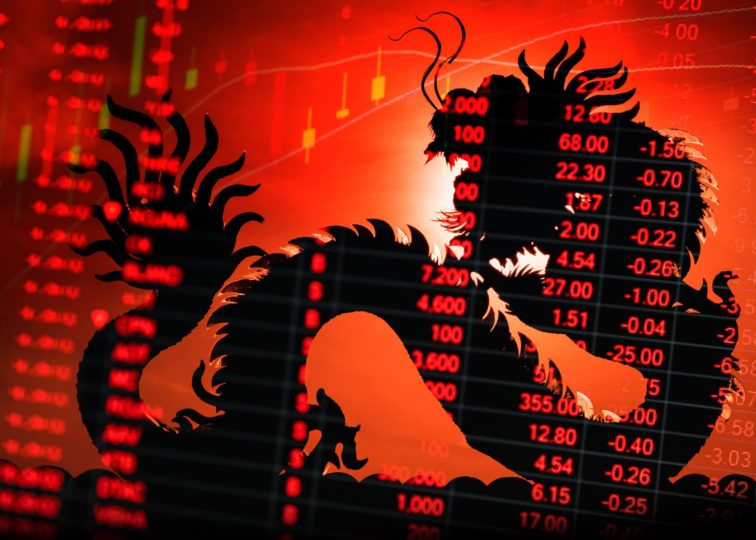
Blog
How Much Will Regular Covid Testing Cost the Chinese Economy?
May 5, 2022
In an effort to avoid costly lockdowns, Chinese cities are enacting regular mandatory Covid testing programs, though economists are split as to how costly and effective such programs will be.
One estimate, from Nomura Holdings Inc., projects that funding widespread testing would cost the Chinese government 1.8% of gross domestic product.
According to the economists at Nomura, the cost of testing 70% of the nation’s populace every two days would amount to 8.4% of China’s fiscal expenditure. In Nomura’s estimation, this would be a massive drag on the economy, as the money spent on testing could “crowd out” other government spending in areas like infrastructure.
Nomura also argues that the benefits of regular mass testing are limited by highly contagious variants of the coronavirus like omicron. This would mean that cities could still face travel restrictions and even full lockdowns.
Conversely, economists from Goldman Sachs estimate that the cost of mass testing would be lower and the benefits could stimulate the economy.
In Goldman’s estimation, China’s wealthiest cities, where 30% of the population resides, could introduce regular mass testing at a cost that amounts to just 0.2% of GDP over the second half of the year. Regular covid testing could prevent further lockdowns, reducing the drag on GDP growth this year to 1.6%, according to Goldman economists.
There has been no official statement from the Chinese government as to the cost of regular mass testing, but last month the national government issued guidance to local authorities that testing 10 people should cost no more than 8 yuan ($1.20) per person.
Using this guideline, Bloomberg estimates that testing half of China’s population every two days would cost about $135 billion per year, or about 0.8% of 2021’s GDP.
While it remains to be seen how costly or effective widespread testing will be, most economists agree that China is unlikely to reach its 5.5% GDP growth target for the year if it continues to rely on lockdowns to contain the virus.
